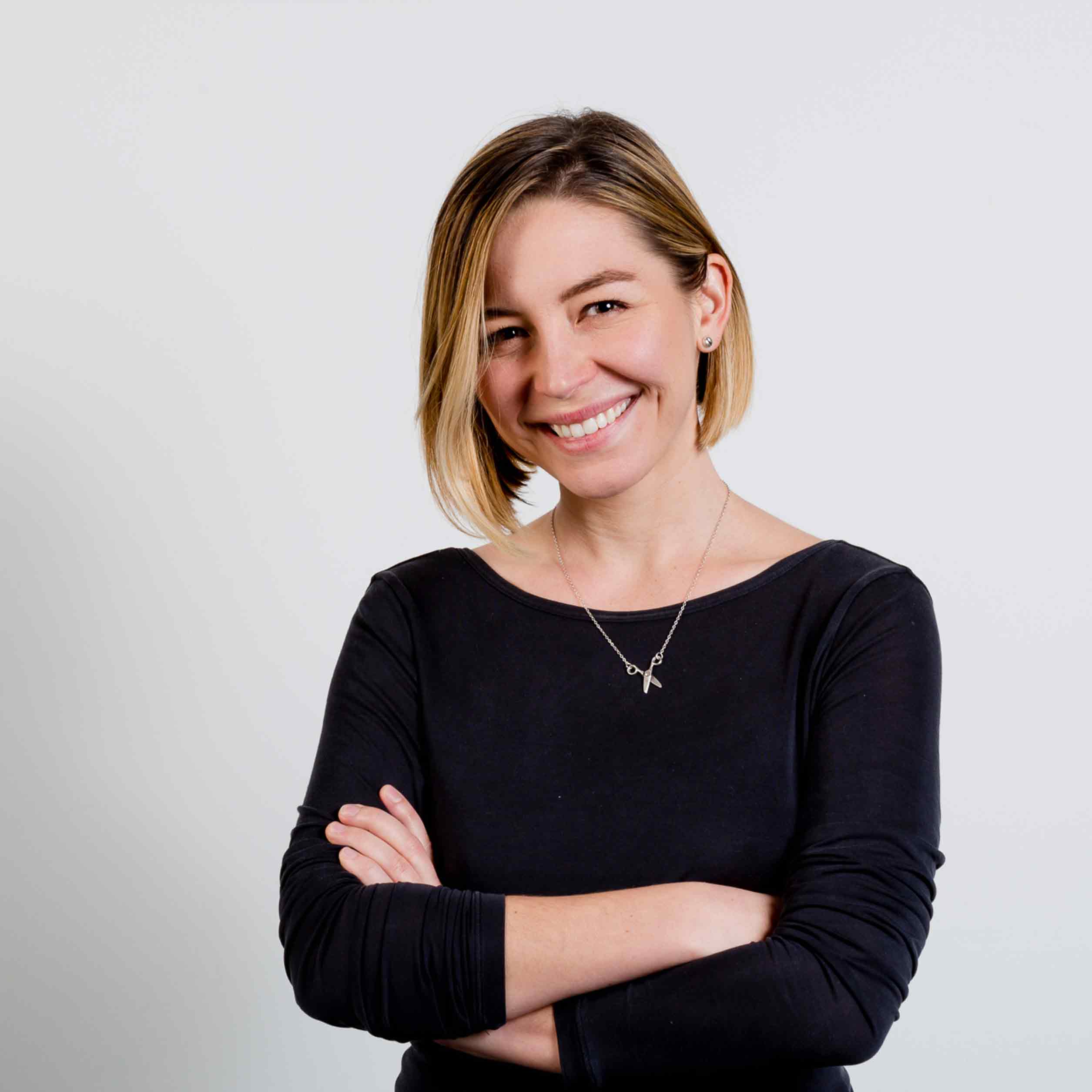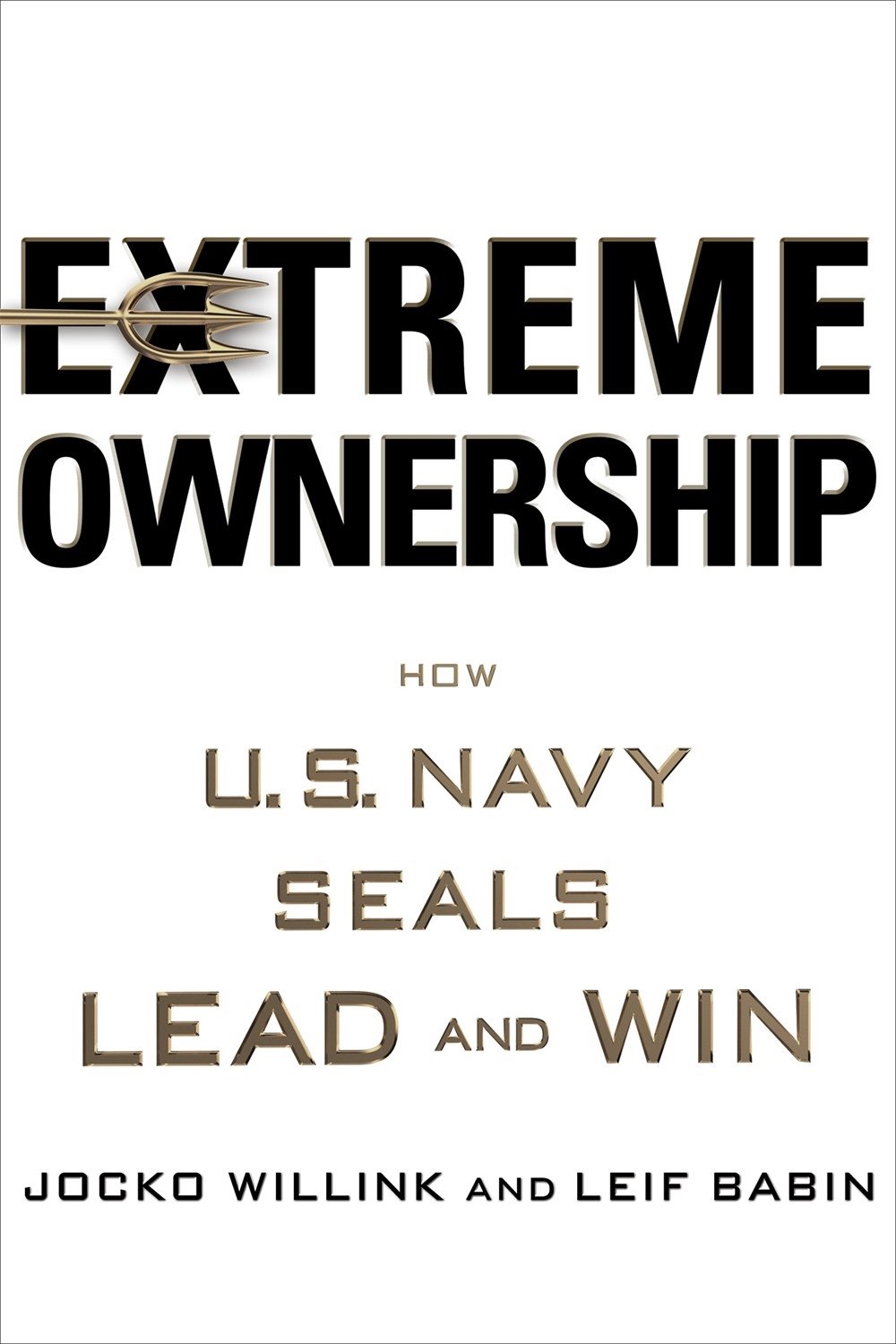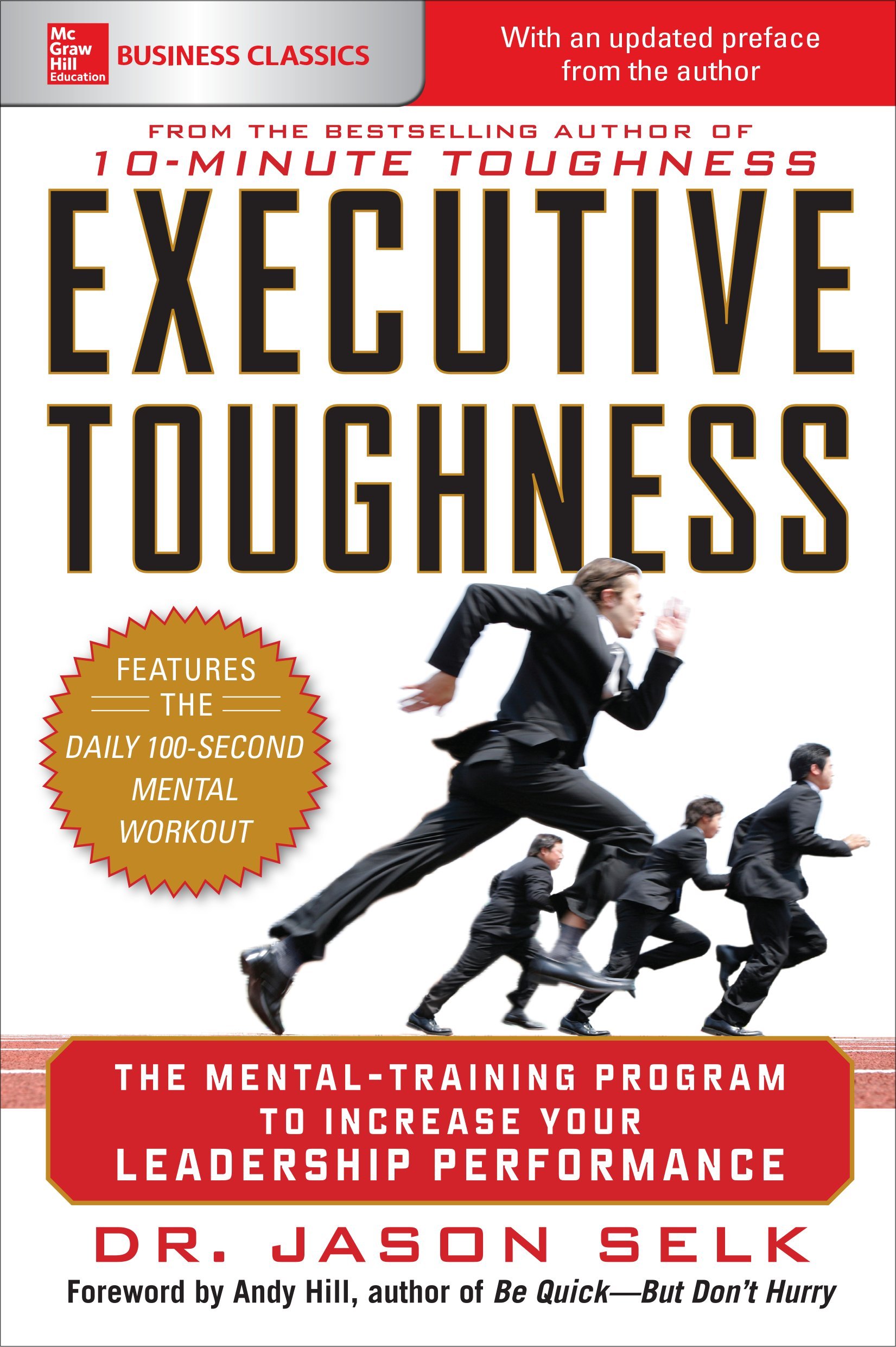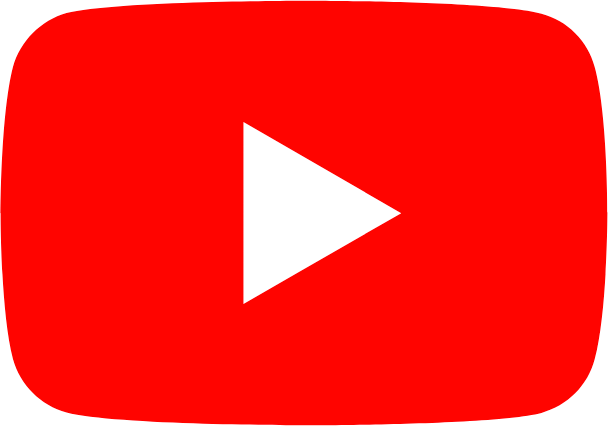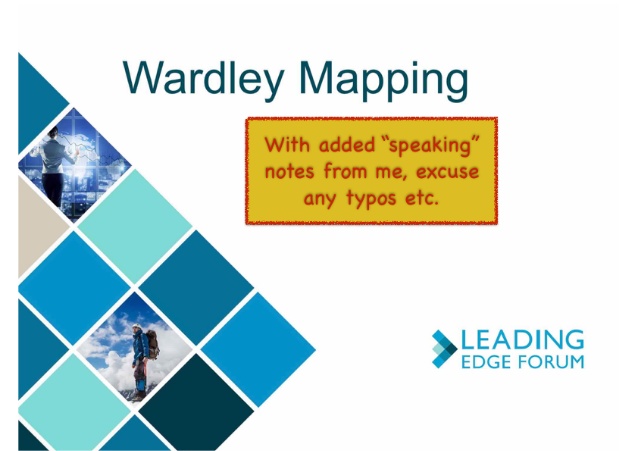Leanne: My name is Leanne Luce and I am a Product Manager at Voodoo Manufacturing in Brooklyn, New York.
Suzanne: Your background is very interesting to me. It seems like bunch of design, a bunch of fashion, a bunch a technology. I've seen this term soft robotics show up on more than one occasion. What is soft robotics by the way?
Leanne: Soft robotics is basically this concept, and kind of a new concept around robotics, making them really soft. A lot of the techniques for soft robotics involve pneumatics, so pumping air into a device to make it move. There are a number of ways that people have made soft robotics, one of them is with fabrics as an external layer. My involvement with it has been mostly around the fabric integration.
Suzanne: Did you just grow up and wanted to be working with robots and mechanics and cool things and hanging out in this industrial neighborhoods like ... you seem fairly young, it's atypical for women to have these deep engineering type careers. Tell us about you?
Leanne: My dad is a carpenter and tinkering was always a thing growing up. We had a metal shop in our basement and a lathe and all the things. But basically I was kind of a prototypical female growing up. I really loved fashion, I was really excited about the idea of becoming a fashion designer and so when I studied in school, I studied just that. Part of it was, it scratched an itch on the creative side for me, where I could make something that was an escape, a fantasy, something beautiful. And on the other side it was this deeply technical thing to learn, which was the pattern making and drafting. You're dealing with really complex mathematics when you're doing a 2D to 3D translation. So I was really drawn to fashion for in part that technical aspect.
Suzanne: Did you spend some time working specifically in fashion and then kind of make your way into tech? How did that crossover actually transact?
Leanne: So the soft robotics were the transition point for me, but-
Suzanne: It's the gateway drug, soft robotics is the gateway drug.
Leanne: Who knew? Basically, I started by working in the fashion industry and I was always kind of interested in, how are we gonna move this industry along? I was aware that there were certain things in the process that were kind of old and outdated, but, I didn't really know how to make it better. So I started seeking opportunities where people were really thinking forward.
One of my first jobs was at a company that was trying to do custom fit for men and they built a factory in Massachusetts, they had a design office there, and it relatively quickly failed and shut down and I started looking for jobs again. There was a friend of mine who recommended that I apply for this position at Harvard and Harvard at the time 'continues to work on this soft exoskeleton suit. So I started working there just sewing. I was just sewing prototypes for them and kind of observing how are these little changes that we're making affecting the overall structure? How do they work on different body types? I got to observe the user testing on those devices and I was really hooked.
There was an application that they were working on for stroke rehabilitation and a friend of mine had a mother who had had a stroke, and when I told her what I was working on she just lit up in a way that I had never seen a human get so excited. And I just thought, "Man, to impact one person’s life with this work would make the entire thing worthwhile." And so, I started seeking opportunities in that field, working specifically on soft robotics and specifically on exoskeletons, which is a really tiny niche. But that was how I found my way out to San Francisco and I worked on exoskeletons there for about two years at a place called Other Lab.
Suzanne: Wow. And so you're back in New York City. You started in New York, you went out west and you came back.
Leanne: Yeah.
Suzanne: Okay. What is Voodoo Manufacturing? We're here at the office, you took me through, there's 3D printers all over the place. What are you all doing over here?
Leanne: Voodoo is ... well we consider ourselves a digital manufacturing hub, but right now our main product is 3D printing. Our entire approach is about making 3D printing accessible for people to build their businesses on top of. So 3D printing has had sort of a reputation for being kind of expensive, a really great, fast prototyping technique, but not necessarily a manufacturing technique. We're trying to change that. A lot of our prints are really inexpensive and it's something that we're starting to roll out, the services where people can plug into our operating system and print directly from their website and we'll fulfill it.
Suzanne: Great. Is this your first official title as Product Manager? You sort of found yourself accidentally into this world of robotics, as you described. Kind of love it, you didn't want to leave, you started observing user testing and all of these activities that we have come to understand as being part of the product manager journey. Was there a moment when you were introduced to this idea of, "You know there's a title for that, and it's called Product Manager." Or did they just appoint you?
Leanne: No, no one just gets appointed, you have to ask. Turns out. After working on exoskeletons I became really interested again in, how do I bring some of the technologies that we're using here to develop these types of research products to the fashion industry. I kind of went down this rabbit hole of custom manufacturing and then I realized that something I really to learn to be able to build custom manufacturing was software. I needed to learn it on any level, so I started learning how to code. I did work as a front-end designer/developer, but in my last role what ended up happening was, nobody was in charge of product there and so, I had a boss that was very flexible about how I spent my time and I sort of, over time, was taking on more and more product management roles.
My job was very split there, and I finally realized that this is exhausting, this is way too many things for one person to do, and I wanted to be more focused and tackle the problems one at a time, or many at a time still, but in a more concerted effort. So I started applying for Product Management roles and that is how I ended up here.
Suzanne: It's interesting that you describe ... what I'm hearing you say is, you recognized that there was a gap in terms of who's overseeing this somehow, so you're kind of doing the user interface side, you're recognizing that someone needs to be taking lead, you're taking up that space. How do companies end up in that position? The position of, we have all of the designated activity folks, but we don't have someone running the place, so to speak.
Leanne: I think people don't always realize that they need it. And I think that a lot of times, like the CEO will take over that part of the role or somebody else on the team will fill in the gaps. I think over time it becomes unmanageable and then it splits off into this other role. But, that doesn't always happen.
Suzanne: Right. That's kind of what's happening here. If I understand correctly, you are Product Manager number one.
Leanne: I am.
Suzanne: Did the leadership team here recognize that whatever that thing is, is becoming unmanageable and then there you were submitting applications and saying, "I want a Product Manager role?"
Leanne: I would say that they were more deliberate than that. John is the Chief Product Officer here and he has been the stand-in Product Manager for the software and design team. I think that what has ended up happening is, he stopped being able to come to stand-ups every day because he was running around managing other aspects of the business. I think he started to feel like he wasn't scoping out these projects enough for the software team and his day to day activities started to have less and less to do with what they were doing. So I think at that point he was like, "Well somebody needs to manage this and I don't think it can be me." So they started interviewing Product Managers and I think they got a taste of, "This could be so many different people." There are Product Managers that are super business focused that just want to do competitive analysis. There are Product Managers that are super product focused and they just want to talk about product. And they really needed a generalist and I have had conflict in my mind about what that means and self identifying as a generalist, but they hired me as a generalist.
Suzanne: Right. And what is the product specifically then? Is it this interface for designing or specking out these things that you want to build? Help us understand that a little bit.
Leanne: We have internal and external product. Our internal product is our operating system that controls our entire factory and our users for that are the people in the room next to us, which is wonderful 'cause we talk to them every day. They ping me on Slack, "Hey, there's a problem," or, "Hey, I have a feature request."
Suzanne: You say it's wonderful now, if I came back here six months from now and said, "You know, never manage a product where your users are in the same building as you."
Leanne: No.
Suzanne: They ping you on Slack, they say fix it. I'm kidding, I'm kidding.
Leanne: It's actually great. We meet them every other week during sprint planning and I actually have been logging their requests and bring them up during that meeting and I just say, "Hey, you guys mentioned these things. Are they still relevant?" And, "Let's talk about them now and let's figure out if we should get them into the next sprint." Actually, our entire software system, it appears, at least, to me at this moment, that it has been built around that. A mix of ideas coming from the product team and then also taking input from the factory and being like, "Oh, hey, this actually is a problem. Let's fix this." Or, "Let's add this." It's really interesting to see how the team collaborates and it's a really powerful thing.
Suzanne: That's the internal product?
Leanne: That's the internal product.
Suzanne: Okay.
Leanne: Then the external product is, you visit our website and you want to upload a 3D model, or you don't have a 3D model but it's our services. 3D printing services.
Suzanne: Okay. Who am I if I'm coming to the website? Am I just Suzanne and I've got an idea for a physical product that I'd like to prototype? Am I a company? Who are your users?
Leanne: You might be any of those things. What's interesting about our users is, some of them don't even know how to make a 3D model. Some of them don't even have an idea. Some of them are on marketing teams and they know they have to make something cool this year. They have a budget, they need help, so we have creative services to help them guide through that process. We have a 3D design team who can make stuff for anyone that wants it. And then we also have people that are engineers, that already have a part that they know they need printed, or they know they need manufactured and maybe they're building their first batch of prototypes or of product, so they can come to us. Then we also have people that are prototyping stuff that are just playing around learning about 3D printing, or just making stuff for themselves or their friends. We have a lot of people printing cosplay stuff, which is cool to see. And then we also have businesses that are really looking for a solution to having a lot of products, or custom products, and that hasn't been possible up until this point. We have customers like Cookie Cutter Kingdom, which is on our website as an example. They have something like 20,000 cookie cutters and you can request a custom cookie cutter through them, and they're selling them for a few dollars on their website and we do their fulfillment. When somebody places an order through their site we print it and drop ship it to the customers directly.
Suzanne: Awesome.
Leanne: Yeah.
Suzanne: When you talk about the external product as kind of being the website. There's a whole interactive component to the online experience and how much of the process can I go through online, as the customer?
Leanne: Currently, this is something that will be in development, making it a little bit more of an experience you can have online. But right now, you can upload 3D files and order them to be printed. We have up to as short as one day production, so we turn things around really quickly. But for right now it's basically you upload a file and order it.
Suzanne: Cool. Given that you're Product Manager number one. Given that the company is growing. Talk to us a little about how your first few weeks here have been. There was a Chief Product Officer, sounds like he had established some processes. You mentioned that there were daily stand-ups. What were walking into in terms of structure and rhythm? And, what have you implemented as a result of being the person that needs to think about these things?
Leanne: It's a great question and I've been thinking about the first 90 days more and more as the time ticks on. I'm in my first 30 days still, so it's kind of interesting. Up until this point, up until probably even this week, it's been mostly observation. I've done one on ones with everyone in the company. I'm slowly uncovering all the nooks and crannies of our product, 'cause it is complex once you start digging in. Basically, there has been a lot of structure actually. They have been very diligent about their daily stand-ups and very diligent about sprint planning and there's a lot of collaboration. There's a product roadmap for the quarter. I think John has done an incredible job at laying a lot of groundwork and it's been, I think mostly, slowly pulling some of those tasks into my bucket so that I'm running the stand-ups, and running the sprint planning, and running retro, and all the rest.
Suzanne: So, what is the construct then of the teams? 'Cause you spoke before about ... that there's 3D designers and there's folks that are in the factory, you call that. Who are your team players specifically in product? Or is it just you?
Leanne: Well it's me and John in product and so we are figuring out how to work together. That is a big part of the first 30, 90 days.
Suzanne: Yeah.
Leanne: Is learning each others personalities, and learning the teams personalities really. But, basically our team consists of the software team, which is about four developers and then we have one designer. Then we have the marketing team, who we do interface with, and we have customer support, who we interface with for insights, and sales, who will also interface with for insights. But for the most part our core team is the four person software team.
Suzanne: Cool. So who gets to come to the sprint planning sessions then?
Leanne: It sort of depends. We have two different types of sprint planning. One is the sit with the CTO and kind of like, "Is this possible? Yeah or Nay?" Then the other is sitting down with the entire team and giving them stories, saying, "Hey, this is what we're working on this sprint." We also meet with the factory team, we invite in two of the people from the factory team and they give us their feedback about features that they want to see in the product or problems that they're having. It's kind of their opportunity to ask for things. We also meet with marketing and customer support every two weeks, so it's everybody, but for short periods of time.
Suzanne: Right, right. One of the things that we try to do on the show, of course, is shine a light on what is product management, and of course that's complicated because it looks so different everywhere you go.
Leanne: Right.
Suzanne: And how it's going to operate and establish itself in the context of a start-up versus an enterprise organization, how it's gonna establish itself in the context of a manufacturing company, versus maybe a traditional software company, or some other type of product all together, is always different. But I think we get a lot of feedback from our listeners and there's always this sense of, "How's everyone else doing this?" Like, "Am I doing this right? Is this what this meeting should be or not be?"
Leanne: Right.
Suzanne: Do you ever feel that way? Am I doing this right?
Leanne: I've gotten actually, some advice about this recently. Because the reality is, it's a super malleable job and also when you're in this context of a start-up, everything is also more malleable than usual because it's all hands on deck all the time. One thing that a friend of mine recommended was, document everything, just to keep yourself grounded to figure out what it is that you are doing. I don't think there is a right doing, but one of the things she recommended was sending weekly learnings to my manager, which would be John. I think that's great because for myself and for him, this week I don't know what I did, but I can write it down and see what I learned. And that's really useful at this stage. But right, there is no right way, wrong way, what am I doing.
Suzanne: Okay good, good. Well I feel much better now. End of interview.
Leanne: I hope everyone feels that.
Suzanne: I just came here to feel better about my own situation. Yeah, documentation is an interesting one because for organizations that are agile and you're talking about sprint planning. There is always this ... it's like it reminds me of a Dilbert strip, document nothing and it's just pure chaos and of course it's not that, but it's always that balance between being iterative and being highly subject to change and then at the same time, you do have to make time to capture. I know you were talking about documentation in a slightly different context but, I'm even thinking about recognizing where the product is at. So documenting, for example, release notes, or maintaining a change logger, or documenting the user flows. Do you have any opinions about where a Product Manager should be thinking about taking a minute to capture all of the IP in its current state? Or how often we should be revisiting that?
Leanne: It's a really good question. I can say what I've done so far, which is, I write down everything, even just for myself. Documenting the user flows, for me, is about making sure that I understand and just checking what I think I learned against, what does John think? That has been really a helpful communication tool because maybe I'm thinking about it in a slightly different way than he was, or maybe I missed something entirely, and it's an opportunity to find out. But, I kind of have been writing everything down. I'm sure that will change over time.
Suzanne: Yeah. It's a good practice and I like how you described it earlier as being grounding. I can definitely relate to that. Maybe it's on my mind because I'm in a bit of a documentation heavy phase with some products that I'm working on, but there is this sense of, do I know what all the steps are? Questions that come up. One of the things that we do at my company, The Development Factory is, we provide whole product teams, fractionally, for a period of time and then we help the organization to begin to in-source, sustainably in-source their talent and their knowledge. There's always this point where we have to start making sure that the IP that's been informally understood by everyone on our team, which is highly performing, is understood by the internal organization that owns that IP and that will own that IP. And I say this all the time, certainly in development, if the pressure is velocity, velocity, velocity, then the things that get compromised are code stabilization, re-factoring, and documentation, then how much time can you really allow to transpire before you stop and say, "We need to make sure we have a record of where we're at. What is our infrastructure? What are the user flows? Did we change that? When do notifications get triggered?" Or whatever these things are.
Leanne: Yeah. It's a ... this might even be a personal question honestly. It's like, how do ... I mean yes for you, I think that, that's a particular problem to solve for, which is really hard. How do I give you my brain on a USB stick?
Suzanne: Yeah. Maybe you guys could print those USB sticks for me though. That might be a cool sort of giveaway. Okay, we can talk about that after, or I'll go to the website and I'll start the process.
Leanne: Yeah, that's right.
Suzanne: Talk to us about New York? You said that you started here, you were in San Francisco, that's the tech place, everyone's like, "I need to go to San Francisco and be in tech." What was that like, first of all?
Leanne: It was a time of tremendous growth for me. When I arrived in San Francisco I remember the first few months there, I got into a Lyft line and the person next to me was a Product Designer at YouTube, or something like that and I was like, "Can you tell me what it means to be a Product Designer at a software company? I don't understand, products are physical." And I really was naïve, I really had no idea at that time. Fast forward four years and I'm sitting here managing product, it's kind of funny. But, San Francisco is a really special place, it's like everyone you run into is talking about Kubernetes or the blockchain or what's happening in deep learning, what's the newest GAN. Here you don't have those conversations as frequently. I walk into a café and people are talking about art and people are talking about a book they're writing, and I find that tremendously refreshing. I feel like I'm around a more balanced kind of environment. That's kind of the contrast for me between San Francisco and New York.
Suzanne: Yeah, yeah. LA is a lot like that as well, at least in my experience, that there's a sense of ... there's interesting things that are happening in technology and great companies that are emerging and have emerged and the unifying characteristic seems to be the diversity of what those companies are doing. Which I think is refreshing, and helpful to get outside of your own context. Because if you are sort of forever in software, or forever in a specific kind of niche of product, then you forget to think about all of the different other use cases.
Leanne: Yes, and I think also being around people that think in the same way can be kind of a dangerous thing.
Suzanne: Yeah.
Leanne: There's a hyper rationality that is starting to happen in San Francisco that I'm like, "Whoa, hang on a minute, let's roll it back. We're humans here, we have emotions and all the rest. You can't be so rational all the time."
Suzanne: Yeah.
Leanne: But, yes, being in New York is also like I realize that everyone in this office has a really interesting story and I really appreciate that. People didn't go down the Software Engineering route and just keep chugging along. They had different projects they worked on and some of them worked in this 3D printing company, and now they're here, or they studied sculpture, or ... not on the software team, but, you know, in the company.
Suzanne: Yeah, for sure. I like that you talk about not immediately connecting with software as product. I know you were talking about a few years ago, and what's interesting to me about that comment ... I teach a product management course and pretty much one of the first slides that I put up is, "What is product?" I think sometimes people think that I'm being cheeky, and I'm not. It's precisely to say, "Let's take a moment and inventory, do we have shared understanding in this room about what that constitutes?" And that product can be a 401K, it can be renewable energy, and certainly physical product is what most of us, especially people who aren't in technology know and think about in terms of product.
Given your relationship with product, how has it changed as a result of going from physically making things, with the hands, with the scissors, that construction, that tinkering past that you came from, to the more sort of soft ... you know, you're designing and a lot of the times you can't ever really touch it except for clicking it on an iPad, so to speak.
Leanne: Well, it's kind of tricky 'cause there's an immediacy about it that is really tangible and you can't physically touch it, but you can experience it right away. I actually draw a lot of parallels between the process of software and planning for software and fashion design. Which sounds crazy, but I think about a tech pack as like a user story, just, it's instructions on how to translate a real world problem into a physical thing, or a digital thing. So I actually think there's a lot of crossover, it's not quite as foreign as we want to make it, I think there are special problems or special opportunities, if you will, that come with software product as opposed to a physical good. But the process isn't necessarily so different.
Suzanne: Yeah, no, I love that. We do a segment here on the show called, "Get the Job, Learn the Job, Love the Job." Before we get into that, I want to ask you, have you encountered in your career friction or challenges being a ... you described yourself as a prototypical woman. You grew up, you're already indoctrinated from the work that your dad was doing, but were there times as you were emerging, where people are like, "Hey, stay out of here, robotics is for boys." Or, "Go over there and be in fashion."
Leanne: So many.
Suzanne: Or, everyone welcomed me ... oh so many, okay good. But, no, everybody welcomed me with open arms.
Leanne: You know what, it's not that they didn't welcome me with open arms, I think that they ... I think it was hard to break out of the box a little bit. You're a designer so you think about these things, you're not an engineer, was kind of the box in some ways. I think that goes for the male/female dynamic as well, but I think that, in my experience at least, those two dichotomies have been pretty conflated. But, I think that over time you just keep delivering results on the thing that you're working on and people start respecting that. It doesn't always work out, and that's okay.
I think that one thing I've learned is that, if I'm in an environment that is not supportive for me, that I should get out of that environment as fast as possible. I think that a lot of women, especially, come up against that where they think they have to keep fighting. I was definitely in that kind of position for a long time, or what I think is a long time, and I think it did a lot of damage for me. It did a lot of personal damage, so I actually really strongly recommend getting yourself into an environment that is welcoming and supportive and that will help you grow.
Suzanne: Great. I love that. In terms of advice for getting the job. At the outset of our conversation, you talked about being in fashion and recognizing that it was an industry that needed to move, it needed to evolve. And folks that I know who work in that space have spoken about that feeling of being left behind. So if I were a listener who is charting a similar course as you, meaning, showed an early interest in fashion, started pursuing that career, starting to see the same things that you have acknowledged. How could I do what you did? How can I take all of the things that I love about creating and that excites me about fashion and then translate that into a career path that could be maybe a little bit more rewarding in the context of innovation?
Leanne: For one, don't be comfortable. I think that early in my career I felt a lot of comfort in knowing how to do a thing, which was fashion design. Over time, I realized the further away I got from that comfortable feeling, the closer I got to something innovative and something really exciting. And something where I was like, "I have no idea if I can do this, but I'm gonna say okay." And I think having those gut wrenching moments where you agree to something and you're not sure if you can deliver, I think accepting those moments and going forward is probably the most important thing that you can do, in the abstract. I'm not sure that I could give a step by step how do you get here because I've had a very meandering path, but that would be my first and foremost advice.
Suzanne: Yeah, I think that's great. I think that's great for sure. Don't be comfortable and don't be afraid of the challenge 'cause that's where the growth opportunity often is.
Leanne: Exactly.
Suzanne: What about hard lessons learned on the job? I talk a lot about product management in concept is often different than product management in practice. In fact, even the documentation issue that we were speaking about earlier speaks to this. There's sort of a, if I read all of the books I would have an idea of how this should go and then when I'm in the room and in the rhythm, I'm like, "Should I be documenting, should I not be documenting, what should I be doing?" What, for you, have been some of the hard lessons learned? Or just things that you found to be more challenging once you actually got into the rhythm of product management as a discipline and a role?
Leanne: Well for one, being okay with messing something up because I feel like it's impossible not to mess something up. And if you're not messing it up, you're not taking the risk that you need to take. I scoped my first project here and I realized a few things that I could have done better. I'm like, "It's totally fine, it's going to be okay, we're gonna fix it down the road, and it's great, we implemented this new idea." Suzanne: Well you're talking about not screwing up and I think this relates very specifically to what you said before about being in a supportive environment. 'Cause I agree with and if you're afraid of making mistakes all the time, part of that might have to do with, who are the people that are around you and are they cultivating an environment that says, "You know what Leanne, go for it and we'll iterate on your own decision making."
Leanne: Right.
Suzanne: Or is it a fear based organization and blame based, and all of those things that cause us to, I think, act from the wrong center.
Leanne: That's right. Back to your point about what is a hard challenge that I have faced, or some of the hardest lessons learned, I think for me have been personal ones, just dealing with personalities, learning how to cope with different people’s style of communication, learning how to even make that a positive communication. I think there's a lot in there.
Suzanne: Yeah. Forget about soft robotics, it's the soft skills of product management, and it is an important one to flag because so much of our work is just simply in the aligning of different viewpoints.
Leanne: Right.
Suzanne: And different disciplines, and different ways of handling situations.
Leanne: Even down to the small details. How do I write a user story for this person versus this other person?
Suzanne: Interesting.
Leanne: It's something I'm thinking about. But then to your point about documentation, how do I document the soft stuff?
Suzanne: Yeah, I don't know. If you figure it out though, will you come back and tell our whole audience about it? It's always I think the thing is, does somebody have the answer? No, no one has the answer, we're talking to a hundred product managers and then we hope that over time there will be some kind of consensus of what the answer or answers are. What do you love about this? What do you love about being a Product Manager? When you tell your friends and family, they don't know what you do, they don't understand it, but what do you love about it anyway?
Leanne: I have always loved having my hands in everything, which in other jobs has been a problem. But what I realized was, actually, this is kind of the perfect role because I can have my hands in a little bit of everything and that's okay, that's actually even a good thing. So I would say that first, but also, it carries through this love for product that I've always had, which is, you build something and then you get to watch somebody use it, and you get to watch it affect their lives, or their work flows, and that is a super exciting thing.
Suzanne: Yeah. Do you have any recommended resources that we can add to our website, 100productmanagers.com/resources? It's a long list of books, blogs, podcasts, cool stuff that you think is worthwhile.
Leanne: So I will say a little bit about the things I'm drawn to which tend to be military based, which is kind of funny, a real tough love kind of philosophy, which I don't think I could embody because I think it would be really weird if I came in and acted like Jocko Willink or something.
Suzanne: Okay.
Leanne: But I really like him a lot and I really like some of the takeaways that he has from ... he was a Navy Seal and he talks about being on a team when your life is at stake, and it's the most extreme version of what you're dealing with as a PM every day. He has a podcast, but also has co-authored a book called Extreme Ownership. I also really like Wardley Maps for strategy. Actually when I was thinking about taking this job I mapped Voodoo on a Wardley Map and I was like, "Well, if we move here, then we are gonna be ahead of all these other things." Or, "If we do this ..." I could kind of see where the industry was going and I really believed in Voodoo after kind of giving myself a visual around it. Simon Wardley, Crossing the River by Feeling the Stones, it's a one hour Google Conference video that I love.
And I'm gonna have a third one, which is, Executive Toughness, which I actually mentioned on my interview here. It basically gives you a few mantras that you can remind yourself of and one of them was to adopt a relentless solution based focus, and I love that because I think it's so easy to get bogged down in the negative details of things and if you could just remember every single time, I have to come up with a solution, there's no other choice, then you can push yourself forward and your team forward.
Suzanne: Those are all three unique recommends.
Leanne: Wow.
Suzanne: So, you did great. And interestingly, naturally segued us to the last question that I have for you, which is about personal and professional mantras. So, is that one that you shared, the one that resonates most for you right now? Or is there another one that, when you think about how you are in the world, whether it's in the context of being a Product Manager here at Voodoo or just in the context of being your best Leanne self, something that guides you?
Leanne: Finding a balance between extremes is a thing that I am actively working on and a thing that I really believe is important. For me, being in this role, it's like I'm not the authority and I described myself the other day to one of my co-workers as being the bouncer. Just kind of like I'm here, I'm figuring out who can come in and who can't come in and I'm safeguarding the software team, but I'm not here to boss anybody around, I'm here to hear what you have to say so there's a really big balance there because I want to make sure that I am a person that every single person at Voodoo can come and talk to about some problem that they're facing because that might be because of something I built, or it might be because of something I should build. Towing the line between so many things is kind of my philosophy right now.
Suzanne: Love that. Leanne Luce, thank you so much for being a part of our show. We're excited for you on your journey here and I can't wait to see what happens at day 60 and day 90 and beyond.
Leanne: Thank you.
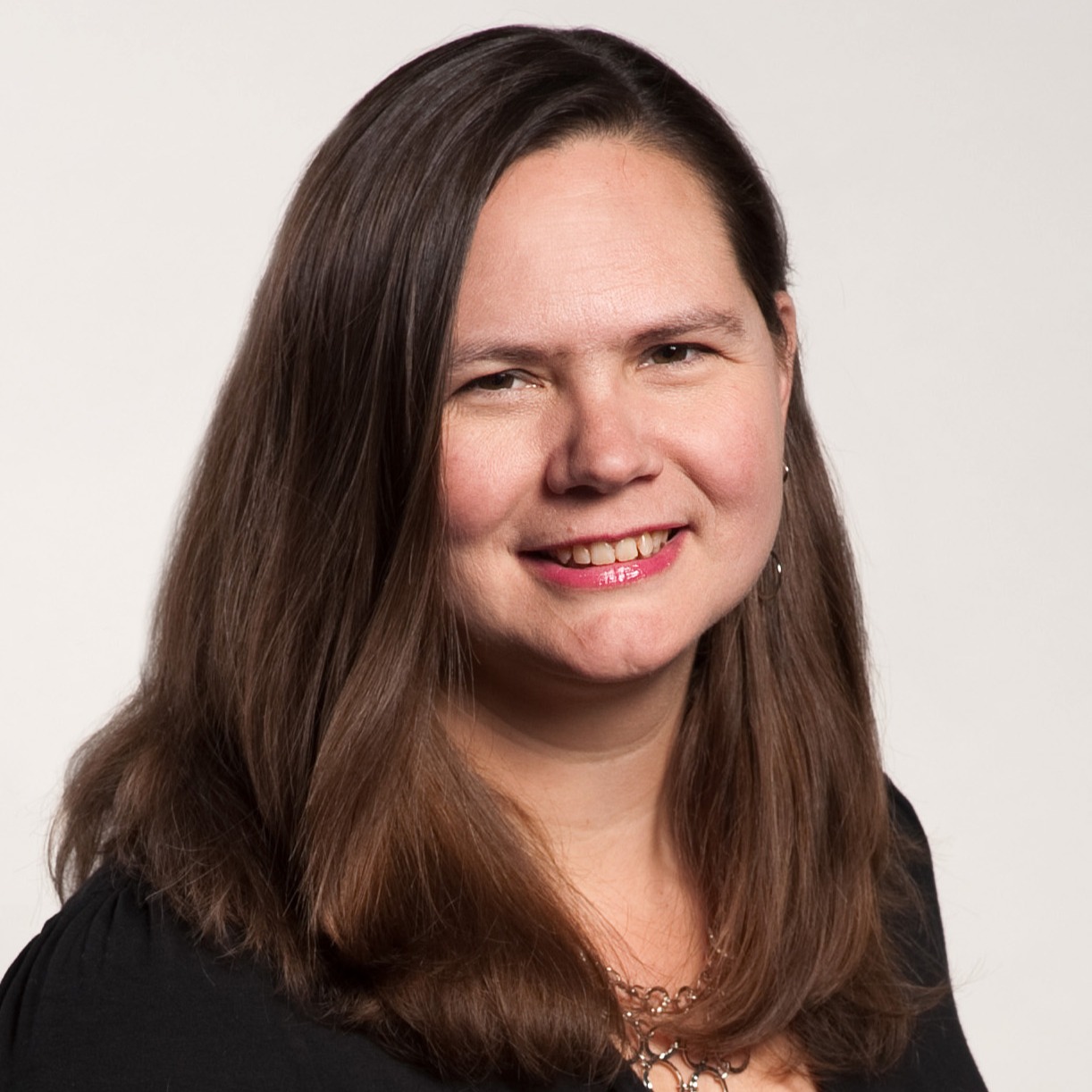
In this episode:
- Where do startups go wrong with implementing OKRs
- Can OKRs really scale for enterprise?
- What are pipelines and how do they change the way we think about product roadmaps?
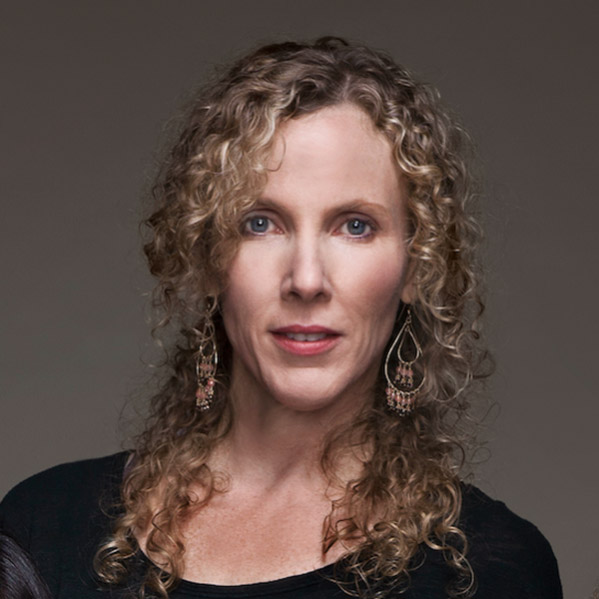
In this episode:
- From retail to product management
- Why relationship building is the number one required skill a product manager could have
- The value of having confidence with humility
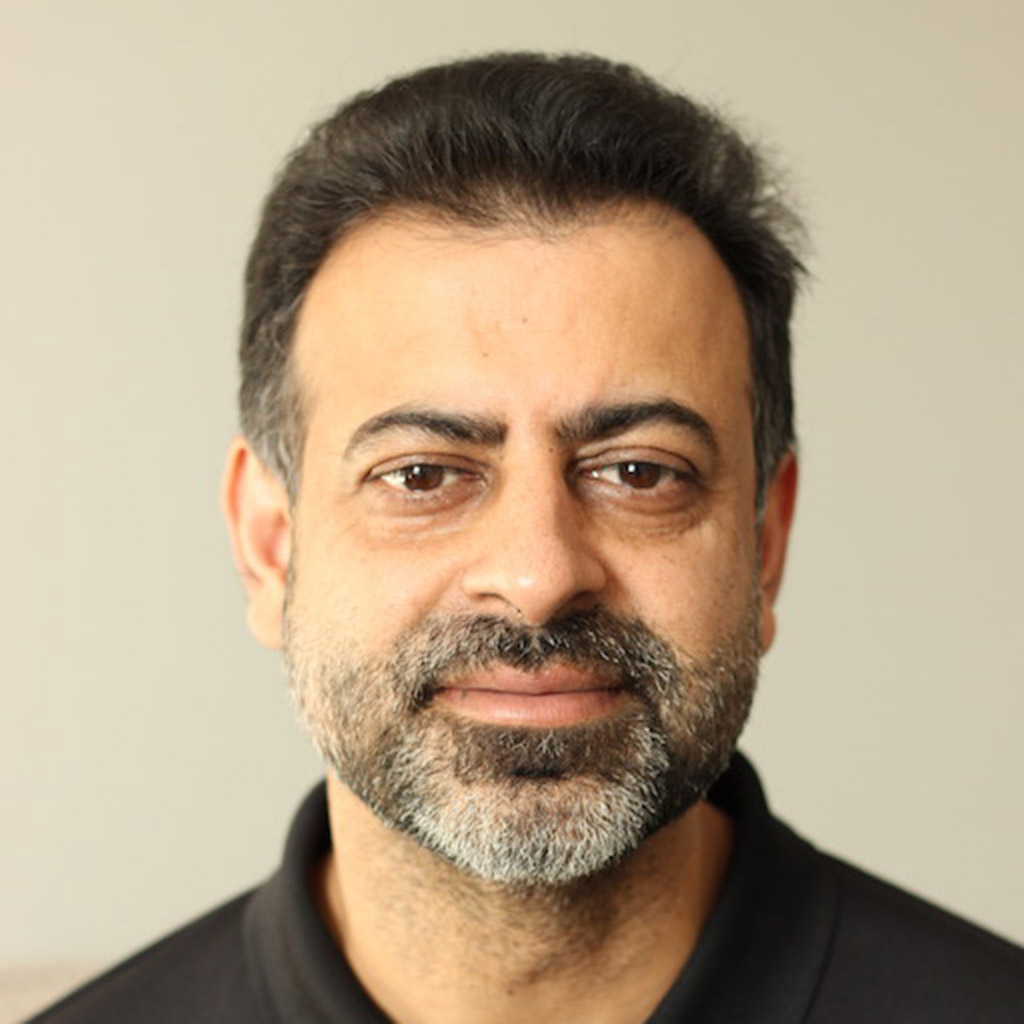
In this episode:
- Establishing a clear vision of your career path
- Using metrics to answer burning product questions
- What product managers can learn from biology

